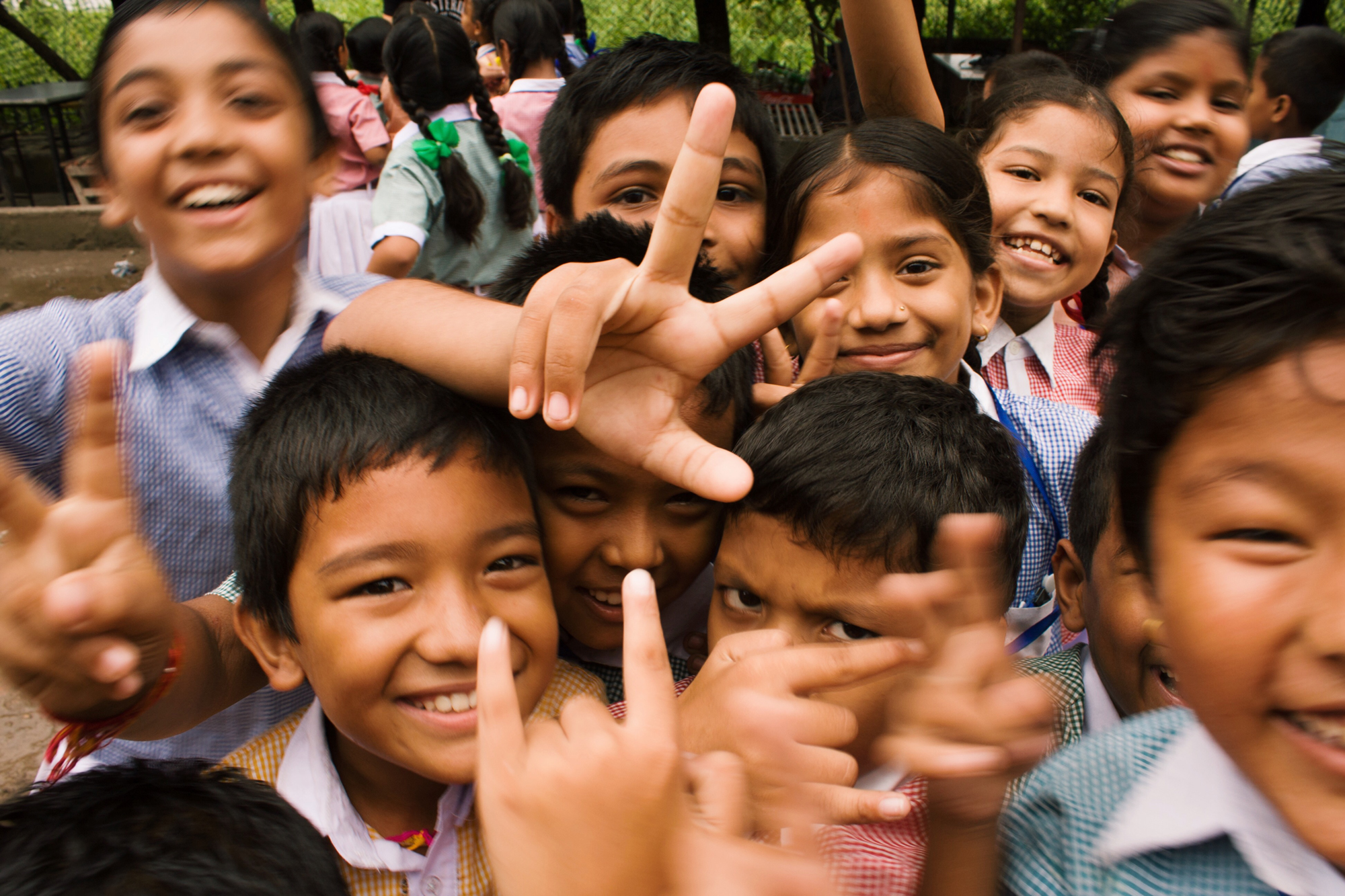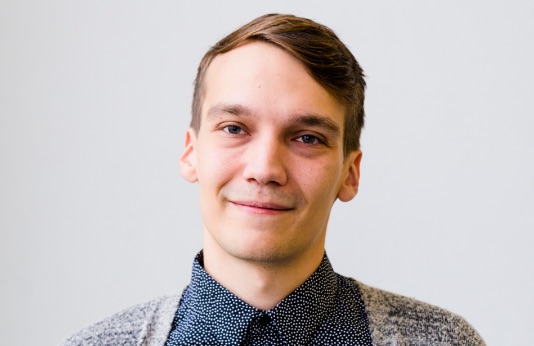How working with ecosystems can help you innovate faster, change for the better, and help save the world.
We all know the world is changing faster than ever. Technology is moving one direction, macroeconomics another.
While companies the world over have tried many methods of coping with rapid development and constant change, Vertical’s belief is that collaboration brings the best results. Why take on the complexity of technological advancement and a globalized economy alone?
Roche, the global pharmaceutical provider, also realized that the traditional way of solving a challenge – in this case, increasing access to healthcare in developing countries (read more about this program in our Access for Future case study) – would be too slow, require too much own development, and the allocation of massive amounts of internal resources.
Together, we agreed that a faster way to solve the identified challenges would be to build an ecosystem of partners, each bringing complementary assets and capabilities to the initiative.
The challenge was that Roche, like most companies, had a long history of working independently or with traditional partnerships, and thus was at the start of their journey to build ecosystems on their own. Vertical’s expertise in multi-stakeholder projects and joint value identification proved to be a match with Roche’s extensive industry knowledge and vast networks, leading to a strong mix of experience and innovation.
Why is ecosystem building so important?
“The challenges the world faces now are so complex that no one entity can solve them singlehandedly. Ecosystems are a platform way of thinking about problems. You bring together the individual parts that influence a specific portion of that problem” says Lars Melakoski, Senior Consultant at Vertical.
How to make it happen?
Start by evaluating innovation readiness
We undertook a study of Roche’s local operations in several countries to determine the both ecosystem readiness of the country and Roche’s readiness for innovative new ways of working. We had to identify which countries had the resources to take on such a challenge and which Roche Affiliates had the most collaboration-ready mindsets.
Identify ecosystem roles and partners who also want to solve the same challenges
The first step in this phase was to identify the types of partners that would be needed, such as technology innovators, outreach agents, healthcare providers, patients, and so on.
Once the framework for the ecosystem was mapped, it was time to begin identifying individual partners who wanted to solve the same challenges. In Access for Future, we established partnerships with such parties as IBM and the Health Finance Institute, and included participation with organizations such as the United Nations Technology Innovation Lab (UNTIL), all with a desire to increase access to healthcare and all contributing their own unique set of assets and capabilities.
Create the ecosystem with clear roles, responsibilities, and goals
Having identified which stakeholders would make up the ecosystem, our next step was to determine who would play what role, and what goals we were aiming to accomplish together.
In Access for Future, this process happened on a local level within each country. Pain point mapping workshops were held, with the ambition to uncover key painpoints in healthcare access in the country, that the participants could have a role in solving. Participants were stakeholders such as local doctors, patient advocacy groups, and government body representatives, and the focus was on mapping both the journey and the pain points along a patient’s path from feeling healthy to getting ill, seeking treatment, and getting back to good health. The most crucial challenges were selected, and it was decided which members of the ecosystem were most willing, able, and required to solve these challenges, and which would contribute to the program in other ways, such as lobbying or representation.
Finding & selecting solution providers
Once the local ecosystems had identified which challenges had the most impact in increasing access to healthcare, the ecosystem shifted its focus to finding solutions. A global outreach was initiated in each country, aimed at finding the best solution providers to join the ecosystem, and it was particularly important to find innovators within the local communities. The outreach included sharing the message about the open call with leading local and global innovator communities and scouting for and directly contacting potential solution providers.
Solution suggestions came from all corners of the world as the mission of solving access to healthcare challenges resonated with founders and business decision makers looking to use their technology to make a positive impact. The process to evaluate applications and select which solution providers to engage with was started by Vertical, who reviewed the applications and invited the highest-potential solutions to the Value Proposition Days, an event designed to define how value is created for patients and other stakeholders in the ecosystem. During the Value Proposition Days, the startups had meetings with the local ecosystem and began planning the Joint Value which could be achieved with their solution. Highly engaged deliberation by local ecosystem stakeholders resulted in one of the startups being selected to conduct a pilot together with local health care providers.
Designing and running an impactful & scaleable pilot
Once selected, the startups got to work designing a pilot with the local ecosystems. The specific piloting hospitals and doctors were chosen, and the perimeters of what exactly would be piloted was mapped out. Key stakeholders agreed upon what measurements were most impactful, and how the pilot could be designed to enable maximum scaling both locally and globally. Doctors and nurses underwent training to use the new solutions, and patients were invited to participate in the pilot.
The running of the pilots can take 6-12 months, depending on the challenge being solved and metrics being followed, thus A4F is still running the pilots as of writing this case study. However, initial piloting results are promising and plans are being made to scale the projects to additional hospitals and disease areas.
“Roche is no longer seen as a big pharma company but as a contributor to the healthcare ecosystem in Nigeria” – A local partner in Nigeria
Ignite the spread of knowledge and tools
While we created ecosystems in four key countries, Roche’s local affiliates in over 100 countries around the world were also engaged in learning about ecosystem building and solving challenges through collaboration. Roche Ignition Club was a series of webinars and workshops attended by over 300 Roche affiliates to learn about open innovation and the creation of a global community within Roche. “As an innovator in a large global company, sometimes I feel somewhat alone – but after joining Ignition Club I have realized there are people like me in each country unit, and I feel so much more connected to the company and other innovators at Roche” said one participant.
Outcomes
Because of the work done by the various local ecosystems within Access for Future, millions of patients will receive better, more innovative access to healthcare as the initiative is bringing new digital solutions to developing healthcare systems through pilot projects. The pilots conducted within A4F provide the launchpad for local hospitals to increase access to healthcare. Pilots within the project have been designed to scale both nationally and internationally, allowing for the impact of the work to grow exponentially.
Through the creation of the Access for Future Movement, Roche has fundamentally changed the role a pharmaceutical company can play in local healthcare systems. By being the driving force for bringing together stakeholders who traditionally have limited working relationships, Roche has enabled transformational relationships for itself and others. Local stakeholders now see Roche as a valuable partner in bettering lives, and an organisation which can be trusted to not only take part in but also enable impactful projects and initiatives.

